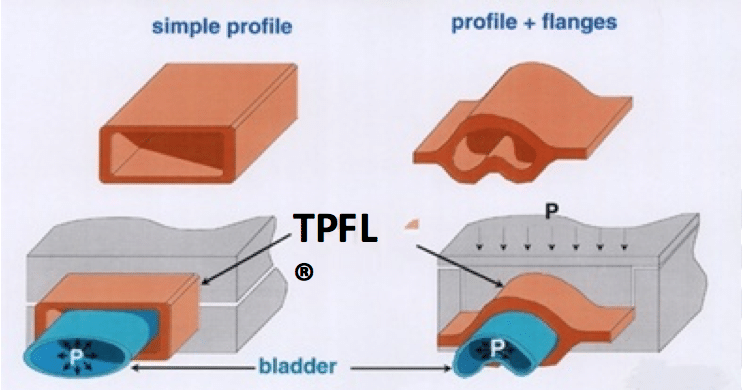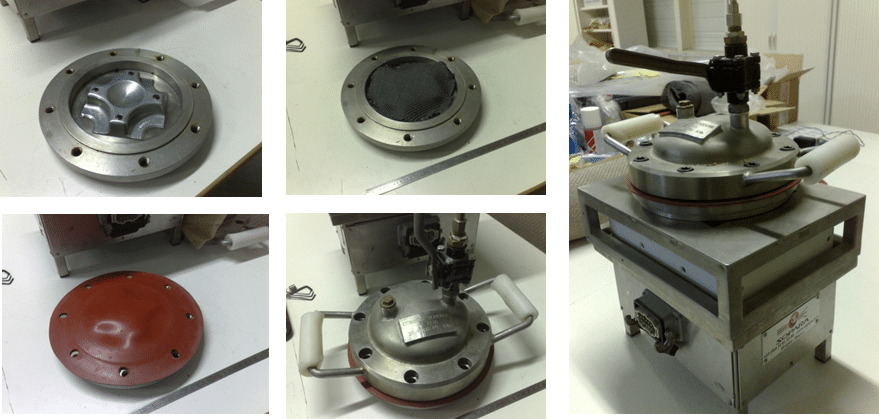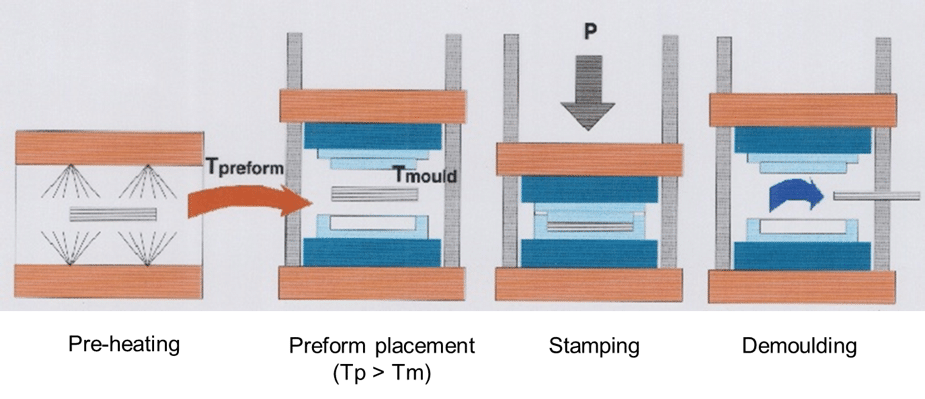What is the common point between the Ariane rocket, the French military plane Rafale
and NASA’s missions to the planet Mars ?
Un reportage France 3
What is the common point between the Ariane rocket, the French military plane Rafale and NASA’s missions to the planet Mars ?
These 3 entities are customers of the SCHAPPE spinning mill, located at La Croix-aux-Mines in the Vosges since 1835.
Here, we have abandoned conventional spinning in favor of the spinning of technical yarns.
For example, we work on carbon fibres and the workers look a bit like cosmonauts.
We are in the technical field of aerospace and knowing that our yarns are going into space or in airplanes gives us a bit of fun and pleasant to work with.
11 000 bobbins have been sent to the United States and will serve to protect the thermal shield of the capsule that will return from Mars.
Other experiments are conducted in this spinning company, other innovative products. For instance, here is a firemen jacket developed with their new heat resistance yarns. The jacked passed the flash fire test twice in the row.
We are about to win a market tender in UK based on this new yarn, the CoreFx™, which will bring something new on the market and more safety for the firefighter. We trust on this segment to grow in the coming months and years.
On these bobbins, other style, atmosphere. These synthetic yarns must reproduce the properties of silk yarns: touch, brightness. They are used to sew kimonos in Japan.
A « haute couture » spinning mill that combines ancestral know-how and high-tech foreground.
we know it is interesting to use these old methods to obtain such technical products. With old procedures, we manage to produce something modern
What is the common point between the Ariane rocket, the French military plane Rafale and NASA’s missions to the planet Mars ?
These 3 entities are customers of the SCHAPPE spinning mill, located at La Croix-aux-Mines in the Vosges since 1835.
Here, we have abandoned conventional spinning in favor of the spinning of technical yarns.
For example, we work on carbon fibres and the workers look a bit like cosmonauts.
Fabien : « We are in the technical field of aerospace and knowing that our yarns are going into space or in airplanes gives us a bit of fun and pleasant to work with. »
11 000 bobbins have been sent to the United States and will serve to protect the thermal shield of the capsule that will return from Mars.
Other experiments are conducted in this spinning company, other innovative products. For instance, here is a firemen jacket developed with their new heat resistance yarns. The jacked passed the flash fire test twice in the row.
Laurent : « We are about to win a market tender in UK based on this new yarn, the CoreFx™, which will bring something new on the market and more safety for the firefighter. We trust on this segment to grow in the coming months and years ».
On these bobbins, other style, atmosphere. These synthetic yarns must reproduce the properties of silk yarns: touch, brightness. They are used to sew kimonos in Japan.
A « haute couture » spinning mill that combines ancestral know-how and high-tech foreground.
Johann : « we know it is interesting to use these old methods to obtain such technical products. With old procedures, we manage to produce something modern ». In parallel SCHAPPE is investing in new machines.
From Japan to the United States, from high thermal protection suites to space applications passing by Kimonos, SCHAPPE TECHNIQUES innovates. The 100 employees had been trained internally because its know-how is just unique in the world.
In parallel SCHAPPE is investing in new machines.
From Japan to the United States, from high thermal protection suites to space applications passing by Kimonos, SCHAPPE TECHNIQUES innovates. The 100 employees had been trained internally because its know-how is just unique in the world.
Reportage/vidéo France 3
Voici un reportage sur une entreprise du Grand-Est qui s’apprête à partir à la conquête de la planète Mars.
Voici un reportage sur une entreprise du Grand-Est qui s’apprête à partir à la conquête de la planète Mars.
La société que vous allez découvrir fabrique des fils ultra-résistants qui équipent déjà les Rafales de l’Armée de l’Air. Elle a maintenant un nouveau client, la NASA.
Quel est le point commun entre la fusée Ariane, l’avion militaire français Rafale et les missions vers la planète Mars de la NASA ?
Ces 3 entités sont clients de la filature SCHAPPE, localisée à la Croix aux Mines dans les Vosges depuis 1835.
Ici, on a abandonné la filature classique pour la filature de fils techniques.
Par exemple, on travaille le Carbone et les ouvriers ressemblent un peu à des cosmonautes.
On est dans le domaine technique de l’aérospatial et le fait de savoir que nos fils partent dans l’espace ou dans des avions, ça donne un côté assez fun et plaisant à travailler
11 000 bobines de fil sont parties aux Etats-Unis et vont servir à protéger le bouclier thermique de la capsule qui rentrera de Mars.
D’autres expériences sont créées dans cette filature, d’autres produits innovants. Voici par exemple une veste de pompiers fabriquée grâce à ces fils techniques, des fils qui résistent à la chaleur. La veste a réussi à passer le test du feu.
On est en passe de décrocher un marché avec l’Angleterre et à nouveau d’être avec un produit innovant, technique, qui apportera une valeur ajoutée, une sécurité pour le pompier. Et c’est un élément important et c’est appelé à se développer énormément dans le mois et les années à venir.
Sur ces bobines, autre style, autre ambiance. Ces fils synthétiques doivent reproduire les propriétés des fils de soie. Ils sont utilisés pour fabriquer les kimonos au Japon.
Une filature haute couture qui mêle savoir-faire ancestral et haute technicité de premier plan.
Nous savons qu’il est intéressant d’utiliser ces vieilles méthodes pour faire des produits aussi techniques. C’est dans l’ancienneté qu’on arrive à produire quelque chose de moderne
Du Japon aux Etats-Unis, de la Guyane à la planète Mars, la petite filature vosgienne se développe. La centaine de salariés qui y travaillent ne suffisent pas et SCHAPPE embauche et forme son personnel car son savoir-faire est tout simplement unique au monde.




